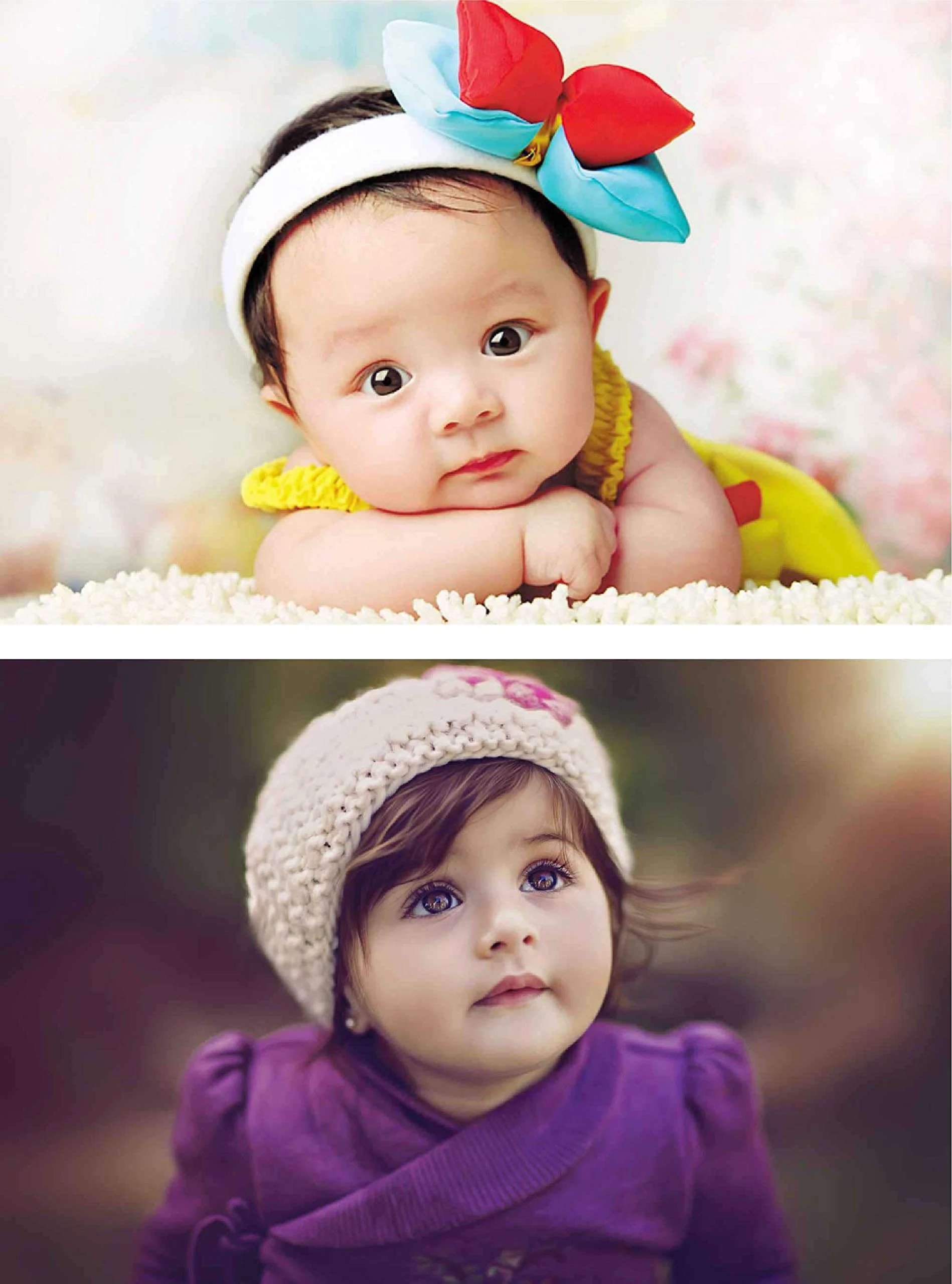As the back-to-school season approaches, many parents find themselves in a familiar struggle: outfitting their children for the new school year. For those with children who have sensory processing issues, this task can become particularly daunting.
This week, we embarked on our annual journey of shopping for uniforms and shoes with our two sons, ages 8 and 10. Our first stop was a shoe store. Like many boys their age, their feet seem to grow overnight. However, our children are on the autism spectrum, which complicates the experience due to their heightened sensory sensitivities.
To accommodate their needs, we primarily choose Skechers shoes. This preference is not just about aesthetics—though our youngest enjoys shoes that light up—but rather because Skechers offers a wide selection of Velcro options. Velcro distributes pressure evenly across the foot, which can be more comfortable than traditional shoelaces. This reduces the likelihood of disruptions, such as mid-day meltdowns at school.
During our visit to the Skechers store, a kind employee measured our sons’ feet. Our youngest eagerly selected a flamboyant pair, while our oldest faced the bittersweet realization of transitioning to the men’s section. This moment brought tears to my eyes—not just because of the nostalgia of his childhood slipping away, but because it meant moving away from Velcro shoes that he finds more manageable. I wondered if this change would lead to more challenging mornings, trying to navigate the complexities of shoelaces and their potential discomfort.
After shoe shopping, the focus shifted to uniforms. A crucial rule for parents of children with sensory issues is to ensure that their preferred uniform pieces are always in stock. Running out of these items can guarantee a meltdown. Last year, I made the mistake of not being adequately prepared, and when several pairs of pants suffered unfortunate mishaps, we were left scrambling. My son struggled with the remaining options because they felt different, leading to daily battles that consumed precious morning time.
Determined to avoid past mistakes, I decided to purchase plenty of uniform options this year. However, when I pulled out last year’s pants, my son immediately expressed discomfort. “They’re too tight,” he insisted. “Why can’t I wear my soft pants to school?” He was referring to his beloved fleece pants that, while comfortable, are not school-appropriate. This led to exhausting discussions about appropriate attire, even in sweltering heat.
As I reflected on these challenges, I began to wonder why there are not more clothing options designed for children with sensory sensitivities. To my delight, I came across a remarkable initiative by Lauren Smith, a former news anchor who launched “Comfort Wear Clothing.” This innovative line features versatile garments that can be worn inside out or backward, and they are free of tags, zippers, and buttons—truly a game-changer for many families. Unfortunately, demand has outpaced supply, highlighting a significant need in the market for such items.
This situation raises important questions about the availability of sensory-friendly clothing in mainstream retail. Families like ours are seeking solutions that cater to children with sensory processing challenges. It is crucial for the industry to pay attention to these needs and expand their offerings.
For further insights on creating a supportive environment for children with sensory issues, I recommend visiting this excellent resource. Additionally, for those interested in home insemination options, you might find useful information at this link.
In summary, the challenges of shopping for uniforms and shoes for children with sensory sensitivities can be overwhelming. However, with growing awareness and innovative solutions like Comfort Wear Clothing, there is hope for a more manageable experience in the future.
